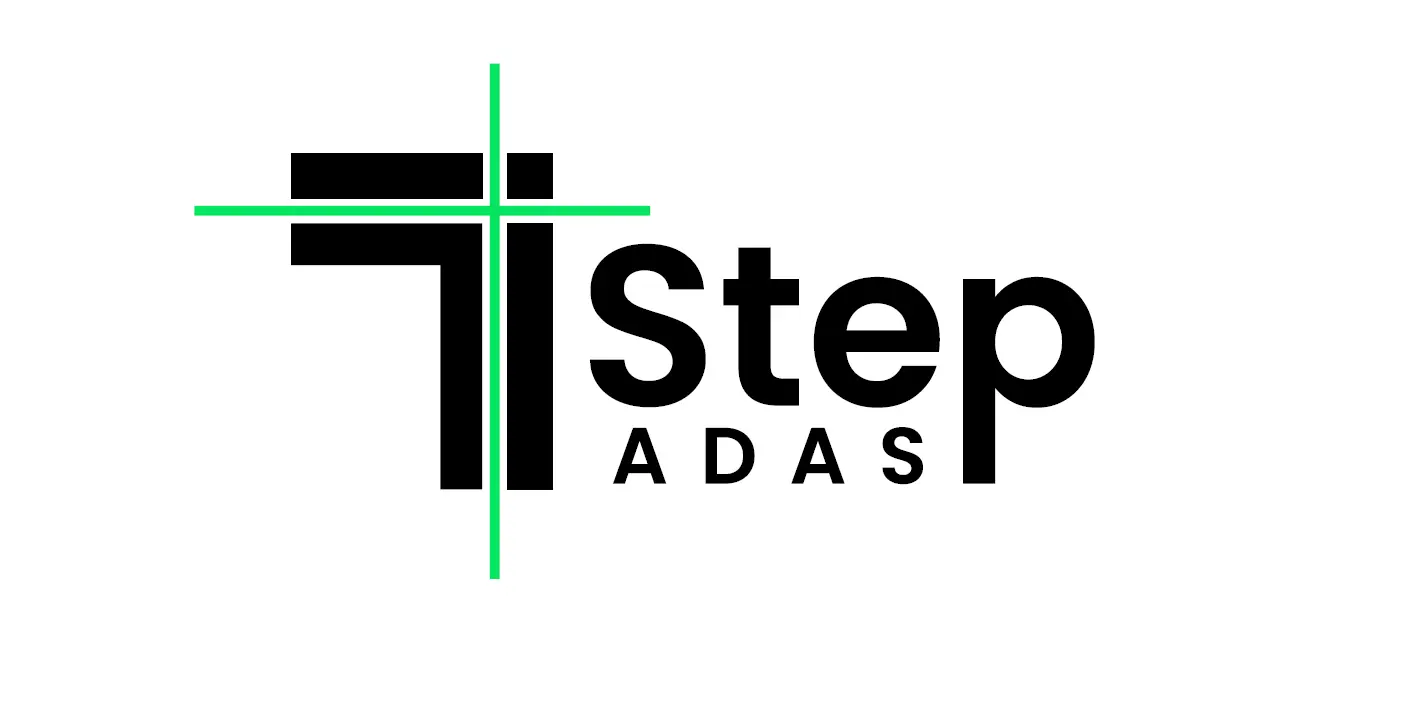Dynamic ADAS Calibration: 2023 Honda CR-V Radar & Camera Setup Using Honda HDS
This page documents a real-world calibration drive using Honda’s HDS system. The vehicle was prepared using the 7 Step ADAS method, and completed calibration live on-road.
Intro To Dynamic Radar Calibration
Today, we’re diving into the process of performing a dynamic radar calibration on a 2023 Honda CR-V. This process, typically a driving calibration, ensures that your vehicle’s ADAS features are working correctly and safely.
Understanding Dynamic Calibrations
Dynamic calibrations, unlike static ones, require the vehicle to be driven under specific conditions to calibrate sensors and cameras. Recently, we performed a similar calibration on a 2021 Honda Passport and encountered some issues due to an unexpected requirement for an internet connection. This oversight led to the software freezing, though we managed to resolve it with Honda’s help. It’s a crucial reminder that having a stable internet connection during these calibrations is essential to avoid potential issues.

How 7 Step ADAS Prepares the Vehicle for Dynamic Calibration
Even though dynamic calibrations are performed while driving, the 7 Step ADAS method is still used before the vehicle ever leaves the bay. We use it to verify that the radar sensor is physically square, centered, and mounted at the correct height.
Our 7 Step process ensures:
- Tire pressure and ride height are consistent
- The vehicle is geometrically correct using lasers and plumb bobs
- There are no bumper shifts or radar tilt issues that could cause a failed calibration
This prep eliminates guesswork — so when the software starts asking for a drive, we already know we’re squared up.
Watch the Real Drive:
In this calibration, we take a 2023 Honda CR-V through a dynamic radar aiming session using Honda’s HDS. You’ll see live conditions, real feedback from the system, and how pre-drive prep (like internet access) saved the job.
The Dynamic Drive Setup
Before starting the dynamic calibration, ensure your vehicle and equipment are ready:
- 🛠 Software Used: Honda Diagnostic System (HDS)
- 🌐 Connectivity: Mobile hotspot tether to laptop
- 🕒 Duration: 21 minutes, ~17 miles
- ✅ System Confirmed: Millimeter-wave radar aiming complete
- ⚠️ Issue Avoided: No software crash thanks to internet tether
Key Points from the Drive
- Driving Conditions: A five-lane highway works best for dynamic calibrations, but ensure you adapt to the available roads in your area.
- Steady Speed: Maintaining a steady speed is crucial for accurate calibration.
- Patience Required: Dynamic calibrations can be time-consuming. It took us about 21 minutes and 17 miles to complete the process for the Honda CR-V.
Challenges and Learnings
During our calibration, we learned several valuable lessons:
- Internet Connection: Always ensure a stable internet connection to avoid software issues.
- Driving Conditions: Ideal roads can significantly impact the ease and success of the calibration process.
- Patience: Dynamic calibrations require patience, as they can be longer than static ones but are equally essential for ensuring vehicle safety.
Conclusion
Dynamic calibrations are a vital part of ensuring the safety and functionality of modern vehicles’ ADAS systems. While they can be time-consuming, understanding the process and preparing adequately can make them more manageable. Keep your options open and continuously learn to improve your calibration techniques.
